The joys of wildlife filmmaking or photography allow those behind the lens to showcase some of the amazing feats of nature from across our vast planet. Not only can we highlight major environmental issues and stories through wildlife photography and videography but it can also act as an escape from the daily grind by connecting with animals in their native environments.
However, capturing compelling images of animals in the wild requires a perfect blend of skill, patience, passion, and luck. It takes knowledge of subjects’ behavior, habitats, and natural rhythms to anticipate peak opportunities for filming. So here are some essential photography and filmmaking tips to help you create memorable content.
1. What Is Wildlife Photography?
Wildlife photography involves capturing images of undomesticated animals in their natural habitats. As a wildlife photographer, your role is to find and film charismatic animals in the wild, showcasing interesting behaviors and framing powerful shots. However, the job requires a lot of patience as you often have little control over your subjects!
Creating memorable imaging takes a keen eye for detail and composition to truly capture the essence of animals in their environments. For aspiring wildlife photographers, the field offers an exciting opportunity to witness fleeting moments of nature and share them with the world.
2. How To Get Started
The first step to becoming a wildlife filmographer or photographer is choosing a subject that interests you by doing some research on your subject’s habitat, behavior, and daily rhythms. This will help you determine the optimal locations and times of day to spot your subject. Once you have your subject sorted, get out in the field and start practicing. There is no better way to gain experience than simply doing it yourself.
3. How To Gain Practical Experience
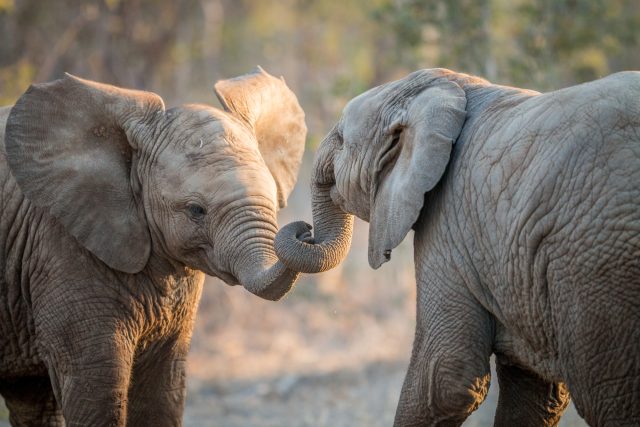
Photo by Depositphotos
Gaining practical experience is essential for any aspiring wildlife photographer so try to visit natural life hotspots in your area, especially national parks. Be patient and willing to spend lots of time waiting for the perfect shot.
There are several other ways to acquire valuable field experience than making your own way. Volunteering or interning with local wildlife organizations is a great option and you’ll have opportunities to learn from more experienced photographers and biologists while helping with conservation efforts.
Another idea is to find a mentor – such as an expert wildlife photographer who can show you the ropes. Reach out to photographers you admire and ask if they offer mentorship or guided tours in your area. Learning from a mentor is one of the best ways to fast-track your skills.
4. Do You Need Qualifications?
For most aspiring wildlife photographers formal qualifications like a university degree are not necessary. Success depends much more on building your skills through continuous practice, developing a stunning portfolio, and nurturing professional connections. With time and dedication, your work will speak for itself.
Rather than paying for expensive photography courses, focus on self-education through online video courses led by renowned wildlife photographers, books, and mentorships. Join organizations like the North American Nature Photography Association, (NANPA), to tap into a network of support.
5. Essential Equipment
As a wildlife photographer, your equipment is essential for capturing compelling shots. Start with an entry-level DSLR camera and telephoto zoom lens, which will allow you to shoot most subjects from a distance. A wide-angle lens is useful for landscapes and environmental portraits. Consider a tripod, especially for low-light situations. Camera accessories like a rain jacket, extra batteries and memory cards, lens cleaners, and a backpack are also important.
Choose gear based on your budget and needs; used equipment can work great when you’re first building your kit. Join online groups to find the best deals on used gear from fellow photographers or buy from reputable used retailers.
For Nikon shooters, you might be interested to have a look at the best Nikon cameras for wildlife photography.
6. Continuously Improve Your Craft
Even after you’ve gained experience, continuous learning is key to mastering wildlife photography. Make a habit of regularly practicing your skills and studying the work of experts in the field.
Look for ways to challenge yourself through personal projects, equipment experiments, and shooting in new locations or conditions. For example, try filming wildlife, setting up time-lapse shoots, or capturing extreme close-ups of insects. Follow your curiosity and passion for growth and don’t be afraid to get out of your comfort zone.
7. Find Photogenic Locations and Subjects
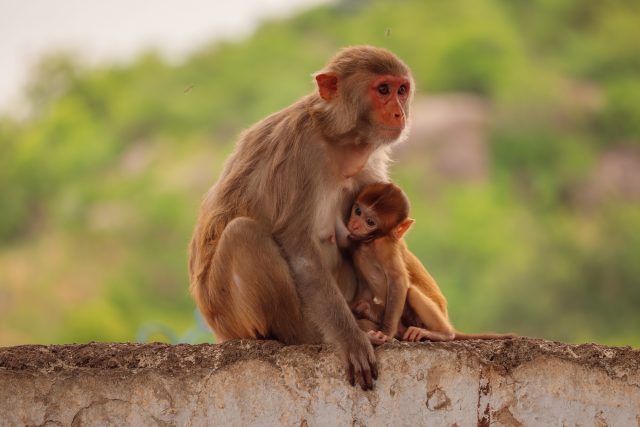
Photo by Depositphotos
The key to capturing compelling wildlife photos is finding photogenic subjects and scenic locations, so do research on animals and natural areas in your region to determine the best spots. Once you find potential locations, visit at different times to observe the animals and capture a sense of their natural rhythms.
Try to spot patterns in their behavior and movements to anticipate ideal photography opportunities. Be willing to spend long periods simply observing without photographing. Over time, animals will become accustomed to your presence, allowing you to get closer and photograph more intimate shots.
8. Capture Compelling Footage
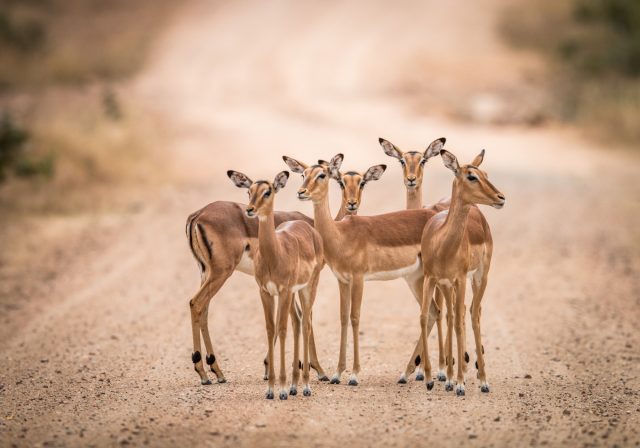
Photo by Depositphotos
The success of your wildlife imagery falls on how others connect with it so it’s important to capture and create compelling footage or images. Here are some ideas for engaging wildlife photography:
- Focus on filming dynamic, close-up footage of animals in action.
- Capture sequences of animals moving, vocalizing, or engaging in interesting behavior.
- Use a monopod or tripod for stability and smooth pans.
- Frame dramatic action shots in scenic environments whenever possible.
- Zoom in tightly on animal expressions and gestures for emotive portraits.
- Seek out candid interactions between animals for compelling social dynamics.
- Use optimal lighting, the rule of thirds, and natural framing to enhance your pictures.
9. Build Your Portfolio
A great way to build your portfolio is to offer to photograph at local wildlife refuges, nature centers, or animal sanctuaries. Donate your work in exchange for access to subjects and the ability to list the organization as a client.
Search for freelance roles with tourism companies, outdoor gear brands, and wildlife magazines and organizations. While the pay may be limited initially, these opportunities help build your portfolio.
10. Develop Your Own Creative Style
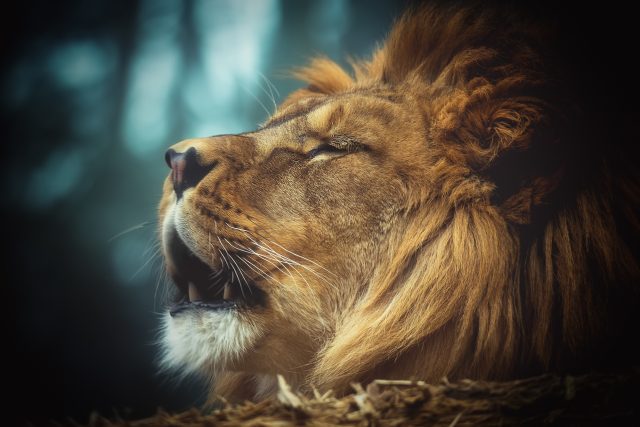
Photo by Depositphotos
Developing a unique style is key to standing out as a wildlife photographer. Style evolves through experimenting with different techniques, subjects, and locations over time. As you gain experience, your creative vision will emerge.
Study photos from expert wildlife photographers you admire, but don’t imitate their style exactly. Instead, determine what specifically you find most compelling about their images and look for ways to incorporate those elements into your work in your own way. Combining techniques from various sources will lead to more innovative results.
Thanks for reading, I hope you enjoyed the article, in case you have any questions just drop them below & I will be happy to answer you.
The featured Photo by Depositphotos
If you enjoy the site, don’t forget to subscribe, we will only inform you when a new article is posted.

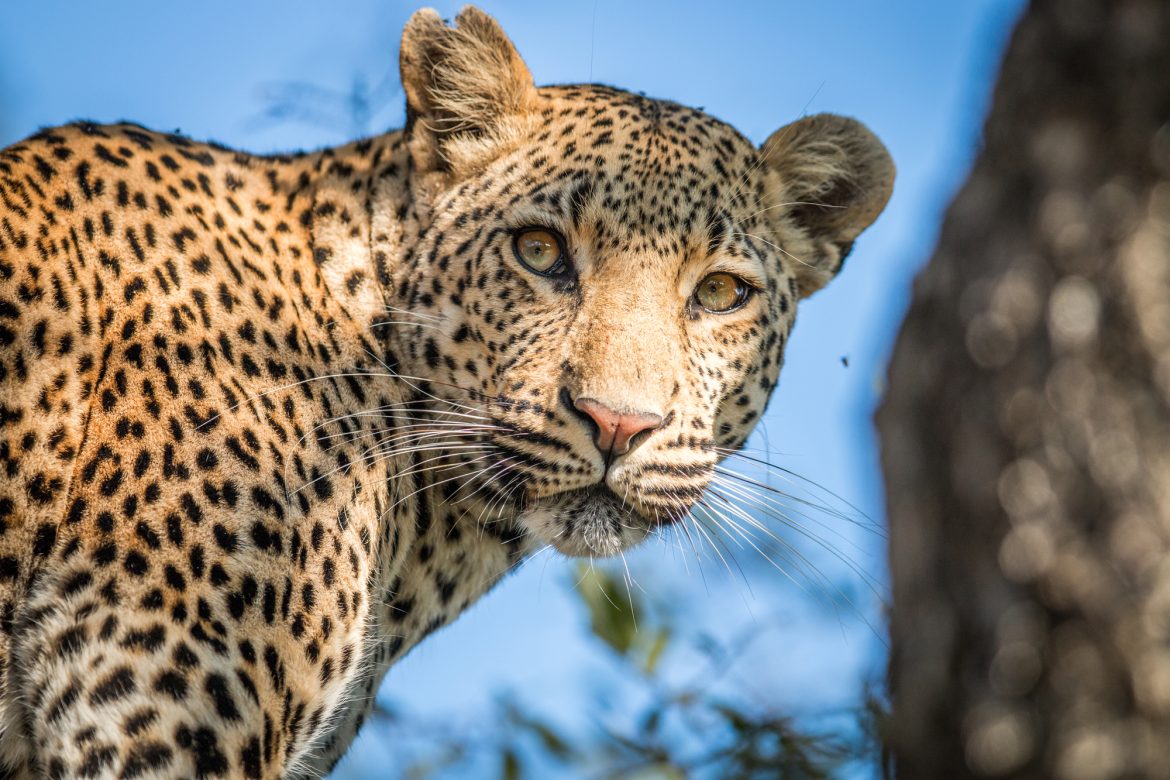




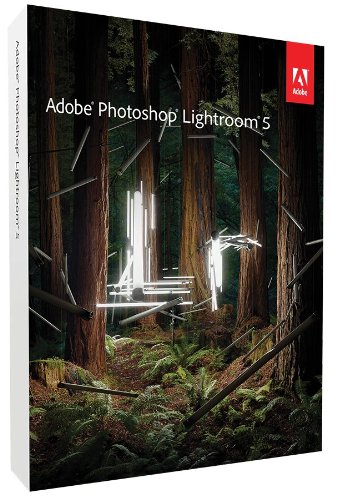

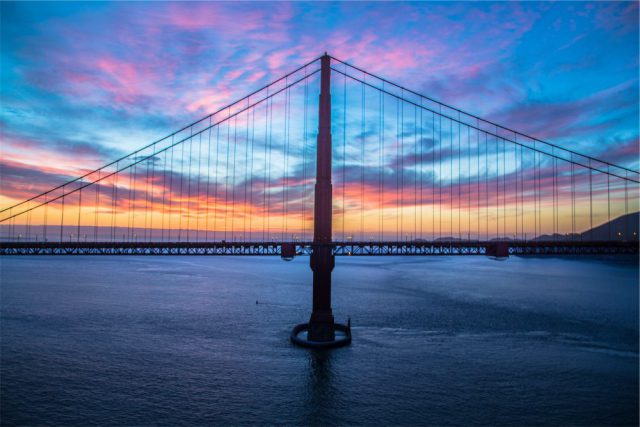
Hi Ehab,
I’ve just finished reading your article, “Wildlife Filmmaking: 10 Top Tips For Memorable Content,” and I have to say, it’s a wonderfully thorough and informative piece for anyone interested in getting started in this field.
Your breakdown of what wildlife photography truly entails is an important reminder that it’s not just about capturing stunning images but also about immersing oneself in the natural world and being able to share those fleeting moments with others. The blend of patience, passion, skill, and a little luck you mention is indeed a perfect recipe for wildlife photography.
Thank you for your feedback on my article. I’m glad you found it informative and thorough. Immersing oneself in the natural world, capturing fleeting moments, and the blend of patience, passion, skill, and luck are indeed essential for wildlife photography. Best of luck on your journey in this field!
This article provides valuable tips for wildlife filmmaking and photography. It emphasizes the importance of patience, practice, and continuous learning to capture memorable content. The author highlights the need for practical experience, either by visiting natural hotspots or volunteering with wildlife organizations. They also mention that formal qualifications are not essential and recommend self-education through online resources and mentorships. The article suggests starting with basic equipment and gradually expanding as skills develop. Additionally, it encourages photographers to find photogenic locations, observe animal behavior, and capture compelling footage through close-ups, dynamic shots, and emotive portraits. Building a portfolio, finding freelance opportunities, and developing a unique creative style are also emphasized. Overall, this article offers a comprehensive guide for aspiring wildlife photographers and filmmakers.
Thank you for your feedback! I’m glad you found the article valuable. It emphasizes patience, practice, and continuous learning in wildlife filmmaking and photography. Practical experience and self-education are recommended, and starting with basic equipment is suggested. The article also highlights the importance of capturing compelling footage and developing a unique creative style. It aims to be a comprehensive guide for aspiring wildlife photographers and filmmakers.